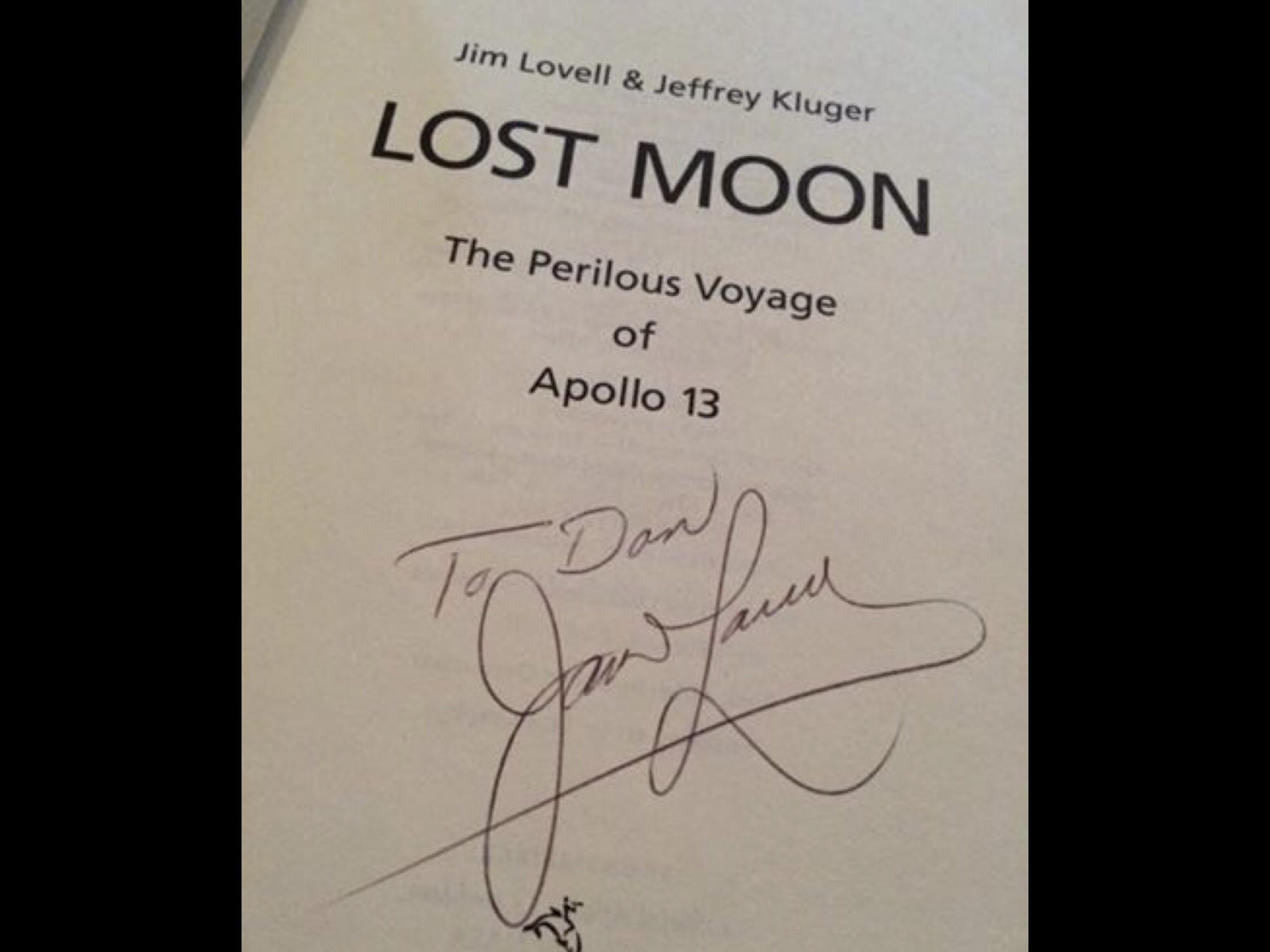real life inspiration for his role in the movie Apollo 13.
His name is Commander James A. Lovell, and he celebrated his 91st birthday last month.
The last ship to be under Lovell’s command (who was already considered a master astronaut) launched on this day in 1970. Its designation: Apollo 13.
The launch and mission make for more than a dramatic movie.
The ill-fated flight represents what is greatest about human ingenuity.
Our entire species had only reached the technology to visit space and orbit the Earth less than 10 years before the launch of the Apollo program. In 1961, the Russian space program beat NASA to the task of delivering a human to space, completing an orbit of the planet, and returning safely to its grounds.
Inspiration from President John F. Kennedy seemed to change all of that: Land on the Moon.
Engineers, scientists, and everyone in between set out to overcome the late President’s challenge. They designed and built the most complex machines that had ever appeared in history, with greater and greater success.
Less than 9 years after the USSR space program had out paced the United States’ efforts, NASA’s Apollo 11 mission successfully delivered three American Astronauts all the way to the moon, landed two of them, and returned all three home. As the first one on the moon, Neil Armstrong captured the moment of history with perfect elocution. Indeed it was, “One small step for man, and one giant leap for mankind.”
One year later, and 49 years ago today, the largest rocket ever constructed at that time launched on a perfectly sunny April 11, thrusting the nation’s space ambitions straight back to the moon where Apollo 11 had landed.
Some fourty-eight hours after that perfect launch, a critical tank of the spaceship’s oxygen exploded, sending the life-source gas into the emptiness of space, leaving three astronauts floating in an aluminum can of a potential tomb, gliding its way to the moon.
Math was completed rapidly with pen, paper, and slide ruler slip sticks, and computers that ran by spinning spools of hundreds of feet of digital tape. Trajectories were charted by hand. As more systems malfunctioned or shut down on the spacecraft, the crew were forced to rapidly assemble makeshift repairs using anything they had: socks, chewing gum, lunar excursion gear, and their simple analogue wrist watches.
Lovell and his crew spent nearly 6 days in space, with little power, little oxygen, and little ability to control their craft. But after those 6 days, the crew safely returned to Earth.
The species had built the greatest machine it knew how to construct, and even more so, humanity possessed the genius to overcome the challenges of the betraying technology.
So, thank you Commander Lovell. I can still remember your inspirational words from when we met so many years ago.
You described your time as a naval fighter pilot, and, formative to my young ears, you declared, Even better than knowing the solution to a single problem is learning how to solve any problem.

